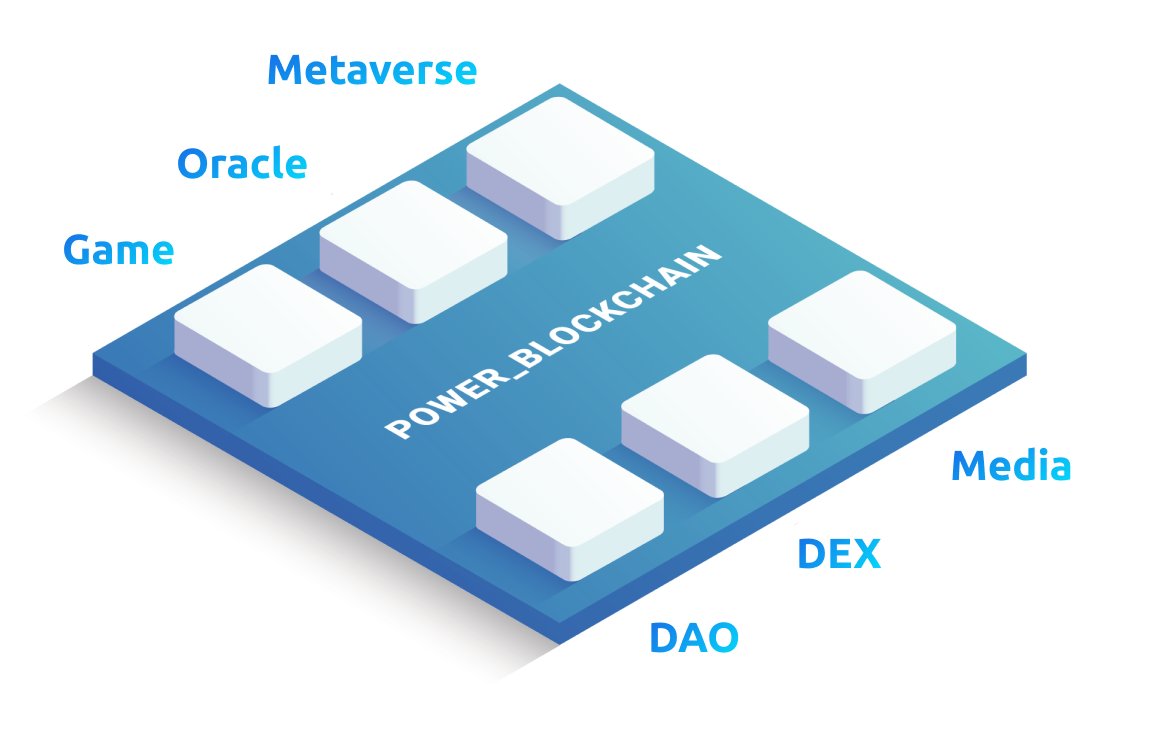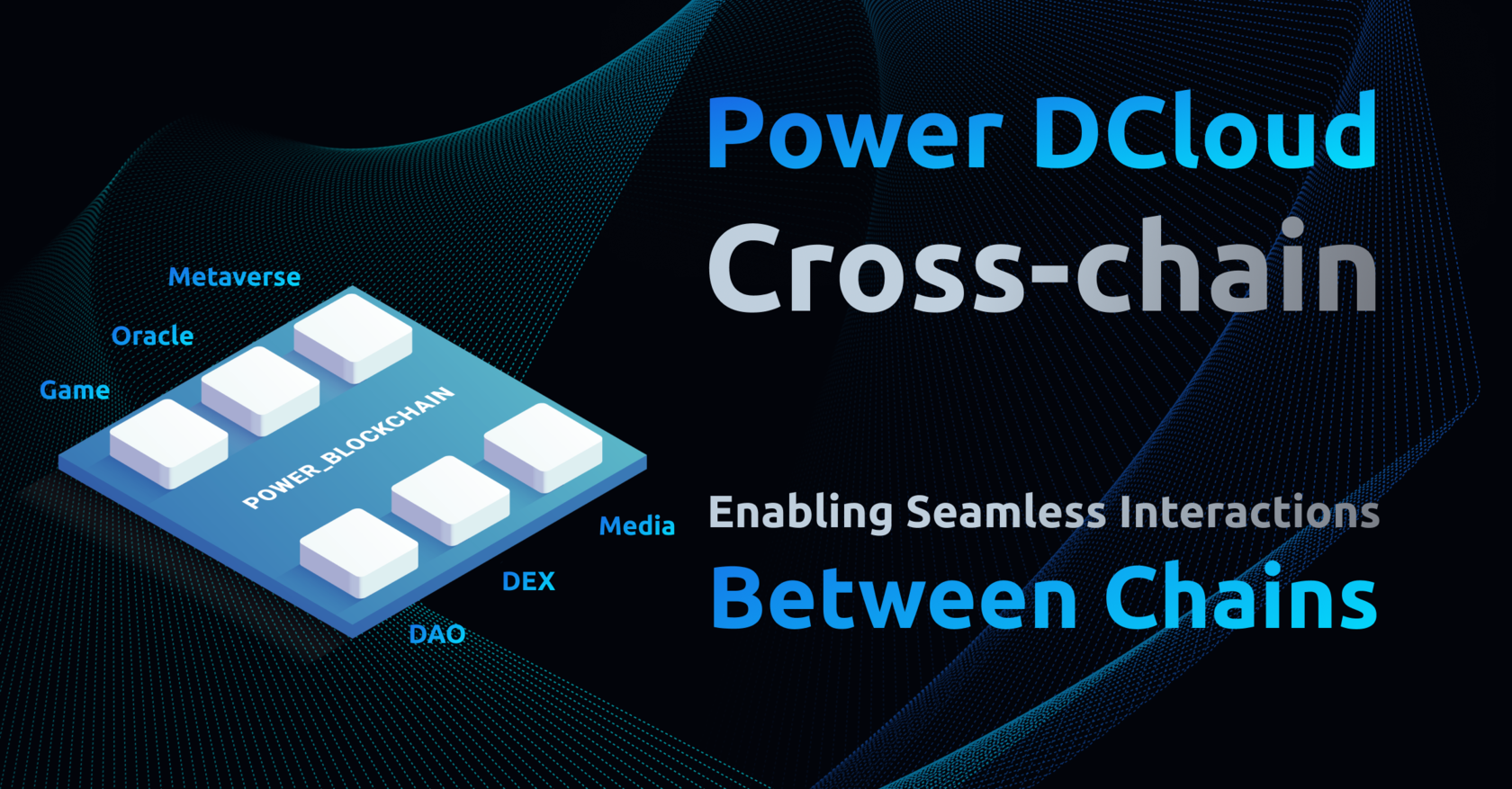Power DCloud’s Cross-Chain Protocol: Enabling Seamless Interactions Between Chains
Power DCloud is one more big step closer to launching Mainnet: During Phase 1 of the testnet campaign, it launched a cross-chain protocol.
Power DCloud’s Achievements So Far
But first, let’s think back to what we’ve already accomplished together. We successfully launched Deinfra Testnet Phase 1 and now moving to Phase 2. And this success has impressive numbers:
- Over 3,700 node downloads from Docker Hub;
- Over 2,200 followers on GitHub;
- Over 280 public nodes in 21 countries have been launched.
And just look at the node coverage around the world: https://zabbix.thepower.io/zabbix.php?action=dashboard.view
You guys are doing a great job! Most of the work was done by you! Keep it up.
We are a great team!
Cross-chain Overview
As you most likely know, all of today’s top blockchains use sharding to scale, where nodes are grouped together into shards or, more commonly called, chains. But you probably don’t know that they all have a corner bottleneck: the main chain. And while the speed inside the chain is really high, the transactions between the chains are still slow. As an example, we could mention Cosmos Hub or Polkadot Relay Chain.
The Power DCloud platform, thanks to its unique architecture, eliminates the need for a main chain. Instead, all the chains interact with each other directly. That’s why we say we have full sharding, which is different from L1 protocols that have only partial sharding. While the presence of a mainchain raises many questions, a major one is how blockchain with such type of sharding differs from the classic mono-chain blockchain with sidechains.
Three Logical Layers of Blockchain in Each Node
Okay, but how does Power DCloud enable transactions between different chains without a main chain, and how are they secured?
The power DCloud platform has three logical layers of blockchain in each node:
- Chain (shard) layer - This layer consists of multiple chains that can handle transactions and smart contracts for different use cases. Each chain can be customized to have its own unique features and tokenomics, providing more flexibility for DApp developers.
- Validators layer - This layer ensures secure decentralization of the network by allowing nodes to perform in-process validation between each chain.
- Management layer - This layer manages the overall operation of the network and provides governance mechanisms, such as formation, disbandment, and registration of chains, allocation of blocks of addresses, etc. All nodes of all chains of the platform participate in this level, which gives the maximum level of decentralization of network security.
Decentralized and Secure Network
The cross-chain protocol ensures direct peer-to-peer interaction of chains in a single space.
These layers work together to create a decentralized and secure network where all chains are in a single space, and all interactions between them are standardized. This means that DApps on different chains can easily communicate with each other, allowing for more complex use cases and innovative applications.
Of course, the main goal that shading solves is to horizontally scale the network by forming an infinitely large number of chains. More chains = higher capacities and network performance.
Creating Customized Chains with AppChains

Sharding of Power DCloud has another great feature — creating customized chains called AppChains (we’ll dedicate a special article later). Each DApp can have its own “mini-blockchain”, AppChain, with unique features and tokenomics.
All chains are in a single decentralized space, and all interactions between them are standardized, providing flexibility to DApp developers and diversity to the ecosystem. Imagine what flexibility it gives to DApp developers and what diversity it gives to the ecosystem.
One of the key features of the Power DCloud cross-chain protocol is its ability to enable transactions between different chains.
Interoperability and Customization
This means that users can send transactions to any chain within the network, even if the chains have different features or tokenomics. Additionally, the protocol enables smart contracts on any chain to be called from any other chain, providing greater flexibility and interoperability. This allows for a wide range of use cases, such as decentralized exchanges and cross-chain asset transfers. Users can also send transactions to smart contracts on any chain within the network, further enhancing the flexibility and functionality of the Power DCloud platform.
For example, bandwidth is more important for a GameFi or Metaverse project, and cheap transactions are more important for a DeFi project. And each project can adjust these parameters to suit itself. What’s more, each chain can have a DAO, which will manage DApps.
Overall, the cross-chain protocol of Power DCloud allows for greater scalability, customization, and interoperability, providing more possibilities for DApp developers and a better user experience for everyone and allowing them to create a full-fledged, unique decentralized project.
What next?
In the latest releases, cross-chain settings were placed within the blockchain, enabling cross-chain transactions without the involvement of a node maintainer.
Again, our testing network maintainers are the best in the world! We are growing at a great pace, so keep it up!
Not yet in our testnet? Join now!
Phase 2 is ready to launch. Follow the announcements in our community channels.






























